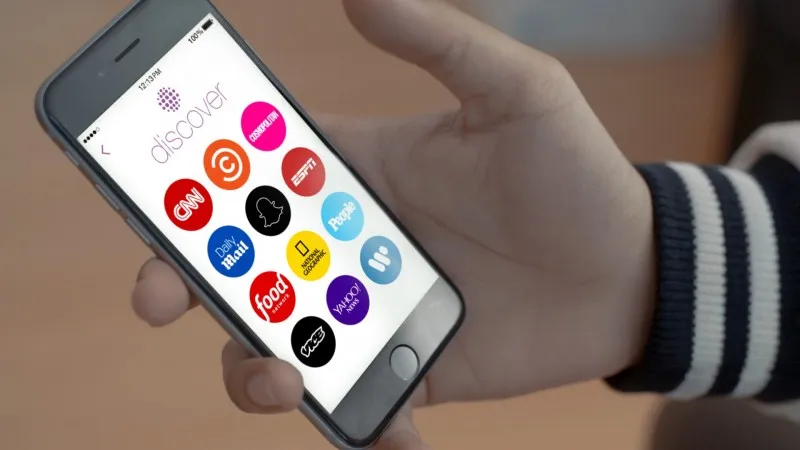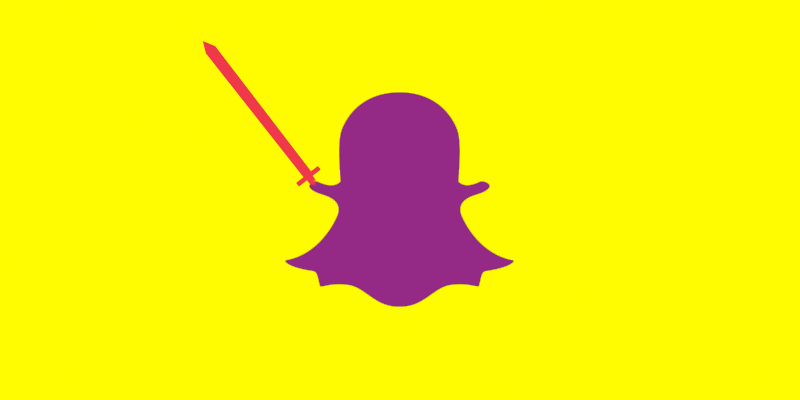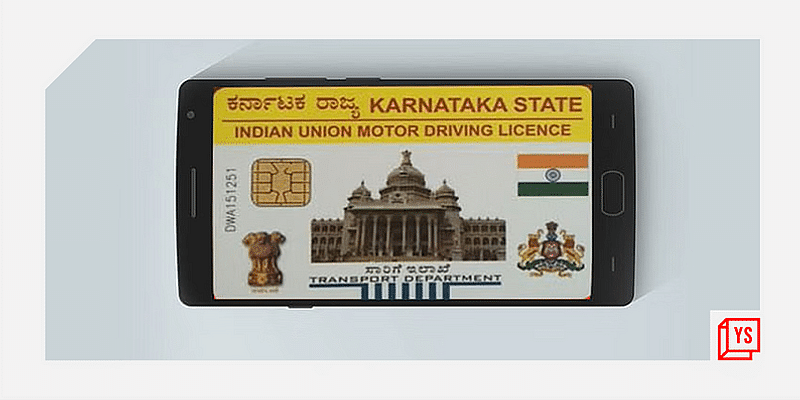How to use Snapchat to market your startup
The statistics say it all. Snapchat confirmed a daily viewership of 6 billion on their platform in November 2015.
Videos that disappear on their own after the recipients have seen them made Snapchat an attractive social media platform and a roaring success among the youth in the age group of 18-26 years in the US market.

Adding to its luster is the new feature – a replay option that allows one to take another look at the videos before they disappear completely. This feature adds more legitimacy and attractiveness to the platform.
There have been questions around the kind of content available on the platform. Since videos disappear within minutes of being viewed, it was largely considered a sexting platform.
American technology analyst and advisor to brands like Lenovo and HP Rob Enderle had made a Twitter comment stating that Snapchat is certainly not a sexting app. He quoted an article by Business Insider journalist Maya Kosoff, who researched on whether Snapchat is much more than what people perceive it to be.
Her findings revealed that the medium is being consumed for socialising, taking and sharing selfies, and sharing information on youth issues, food, and music. The content was found to be very similar to the content shared on other social media. She also discovered that Snapchat is used not just by the youth, but those in their 30s and 40s as well.
Rightly so, it does become an attractive medium for marketers and brands. Big brands are gravitating towards it considering the attention it is getting.

Channels like CNN, Daily Motion, National Geographic, etc have begun to use the medium to share content that keeps the users engaged. Advertisers are creating interesting story ads on these channels that are engaging and also offer a new way of looking at advertising itself.
Related read: 9 affordable video marketing strategies for startups in 2016
But the question is, does the same rules apply when it comes to Snapchat in India?
Currently, compared to the massive user base of Whatsapp and Facebook, Snapchat is limited to 9% share. Though the numbers are not promising, there is potential for growth considering the size of the market and their aggressive plans to grow in India.
My interactions with a few college students and young professionals have validated this assumption. The main reason why they use Snapchat is the short shelf-life of the videos. They mostly use it to share conversations in video format and not as texts. Video consumption is clearly on the rise. It is seen as a safer and more secure way of sharing and exchanging data considering there is no life beyond one view. Also, the hassle-free data storage makes it a more practical medium. What is also attractive for them is the discovery platform with its engaging and informative content on the channels. These features encourage youth brands to look at this as a potential advertising territory and move from cliché advertising to creative content marketing.
Author, social media expert, blogger and podcaster Chris Ducker says in one of his vlogs that brands can derive a lot of value from Snapchat in 2016.Here are the three key reasons why Chris believes in Snapchat’s potential to be a big platform for brands and businesses.
- It works on the inquisitiveness that is inside each and every individual in the world, which means the possibility to click and open to see a snap is very high.
- Snaps that you send your friends, contacts and people following you on the medium don’t get jammed down on the timeline like that on Facebook or Twitter. They stay active and unopened, until the person you sent it to physically clicks and opens it.
- It’s almost like an email to a certain degree. The person has to open it without which he can’t see what is in there. Whatever you send remains unopened, till the person makes an attempt to open it.
- You can measure the impact of your snaps by getting people to take a screenshot of the snap that you have just put live.
- For example, you can take a video of your office or a photo of your book cover and send it to people. You can tell them to take a screenshot of the snap you sent. You can doodle on the screen or write a text on the screen, take a snapshot of this and save it. You know exactly how many people took the screenshot of the video as told by you.
- You can reach out to those people individually, and say, for example, “Hey, I noticed you took a screen shot of my book cover. Did you have the time to go and pick it from Amazon? This offers huge upsell and follow up opportunities with your potential customers.
- If you want to get really ninja with this, go ahead and make sure you got an individual URLthat you use only on Snapchat, for example, christducker.com/snap. You can physically track them with Google analytics or whatever the case maybe, to see exactly how many people are coming from Snapchat to your website.
- Of all the marketers using social media as a marketing platform, only 2-3% businesses are using Snapchat currently.
Related read: 8 Digital marketing tips for the recently funded startups
This is a huge opportunity, what does this mean to marketers like us? We can become early adopters on a platform that has billions of active users on a daily basis.
My view is that while the year on year growth in terms of user acquisition on the platform may be skeptical, there is a positive upswing in user base in India.
It is a great opportunity for youth brands to look at themselves as early adopters and latch on to the medium early on, study youth behavior closely, offer native advertising and content that appeal to the youth today.
I feel it is pushing the envelope on how we look at advertising today and forcing brands to get more creative and find new ways of engaging youth rather than mere advertising. Also, this is an opportunity for brands that have the ability to look at it from a long-term perspective rather than a medium for a quick call to action. It would require a build up and also establishing a rapport with your target consumers. The dividends would come in the long run.
Related read: Three key content marketing tips for 2016









![[Funding roundup] Jar, Bombay Shaving Co raise late-stage deals; Un1feed, Pillow, and others raise early rounds](https://images.yourstory.com/cs/2/628912e0d7f211eb8e8307e5b6451cf7/Jarfeatureimage-1643896255863.jpg)

